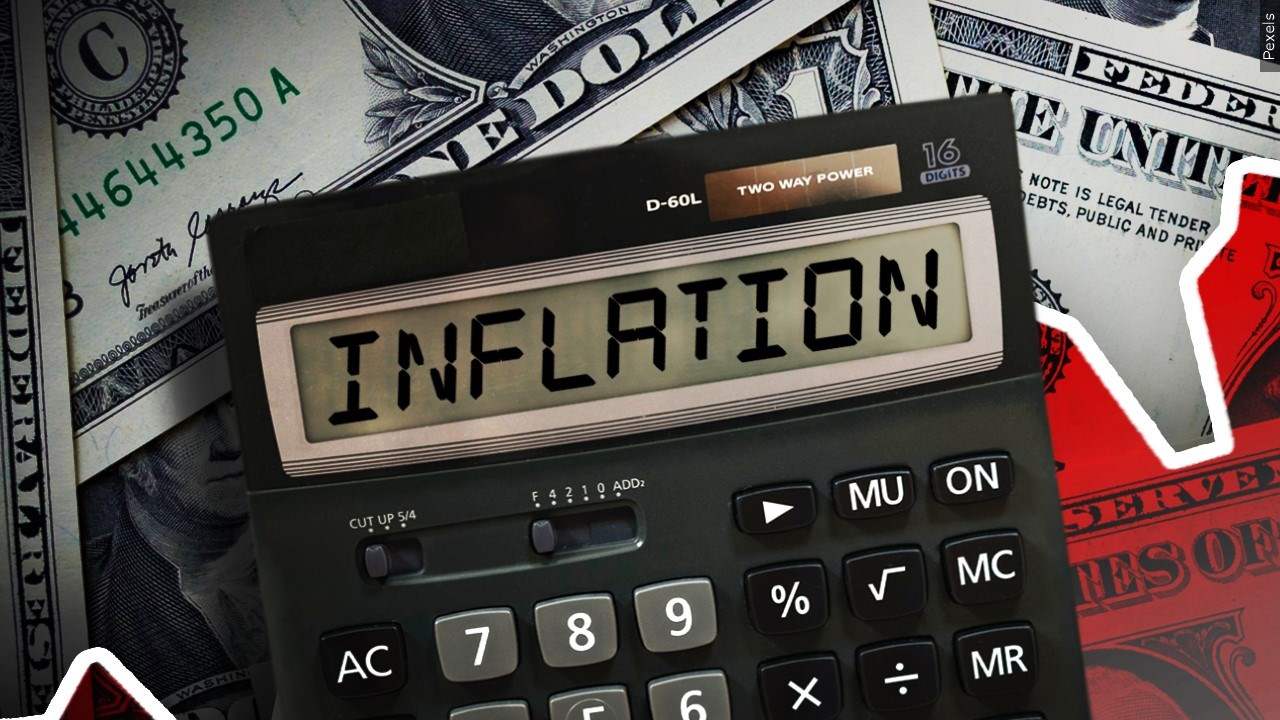In-Depth: 3 ways the Inflation Reduction Act could save you money
[anvplayer video=”5129321″ station=”998131″]
On Tuesday, President Joe Biden signed the Inflation Reduction Act into law. The sweeping $739 billion spending package — a reduced version of the administration’s Build Back Better plan — aims to reduce health-care costs, shrink the deficit and combat climate change.
Experts are uncertain that the bill will live up to its name by curbing rising prices for American consumers. And much of the legislation’s headline provisions, such as a 15% minimum corporate tax on companies earning more than $1 billion per year and a new excise tax on companies buying back shares of their own stock, are unlikely to move the needle on the finances of everyday Americans.
But some of the bill’s less-heralded provisions could indeed have a big impact on your wallet, such as saving you up to $10,000 in discounts and tax rebates. Here are three ways the bill could affect your money.
1. Extensions of expanded health-care subsidies
The bill allows households receiving help paying for health insurance through the public marketplace to continue to qualify for more generous subsidies that were set to expire at the end of the year. The new bill extends the tax breaks on health insurance through the end of 2025.
That’s a huge deal for millions of Americans whose premiums are staying put.
“Without the extension, the vast majority of the 13 million people who get subsidies … would see premium payments rise,” Krutika Amin, associate director for the Kaiser Family Foundation’s Affordable Care Act program, told CNBC before the bill’s passage.

For those who buy coverage through healthcare.gov or their state’s exchange — typically the self-employed, people who can’t get workplace insurance or people who don’t qualify for Medicare or Medicaid — the subsidy extension represents significant savings.
Depending on their income, some enrollees could have seen their monthly premiums rise by more than 50%, said Amin.
2. Lower drug prices for Medicare recipients
If you’re enrolled in Medicare, you may see reductions in what you pay for certain prescription drugs in the next few years.
Under the new legislation, the Department of Health and Human Services will be able to negotiate prices for some of the most expensive drugs covered under Medicare Part B (which covers drugs administered by health-care providers) and Part D (which covers drugs from retail pharmacies).
The negotiations will take some time. The first batch of Part D drugs will come with negotiated prices starting in 2026. This will include the drugs that Medicare patients spend the most money on, many of which have been on the market for years without generic competition.
Medicare negotiations could cut the prices seniors pay for those drugs by 25% in 2026 and beyond, according to Bank of America analysts, who outlined 25 drugs they think could be targeted under the program based on 2020 spending.
3. Climate tax breaks and rebates
In an effort to fight climate change, the new law includes enticements for consumers to add energy-efficient upgrades to their homes.
Depending on your income, you can receive upfront discounts or tax rebates on home energy projects such as heat pumps, rooftop solar panels or basic weatherization. All told, you may qualify for up to $10,000 in tax breaks and rebates, according to an analysis from CNBC.
These incentives may also have a trickle-down effect on what you pay for utilities. Between home energy improvements and cheaper commodity prices, the average U.S. household could net roughly $170 to $220 in annual savings, according to an estimate from nonprofit research firm Resources for the Future.
The bill also extends and adjusts an existing tax credit on the purchase of “clean” vehicles such as electric cars, plug-in hybrids and cars that run on hydrogen fuel cells. The credit, worth up to $7,500 on the purchase of new vehicles, is available through 2032.
You won’t qualify, however, if your income or the price of the vehicle you wish to purchase exceed certain thresholds.
Similar rules apply for a credit — worth up to $4,000 — on the purchase of used “clean” vehicles.
For a breakdown of what energy-efficiency tax rebates and discounts you qualify for, check out this calculator from electrification nonprofit Rewiring America.